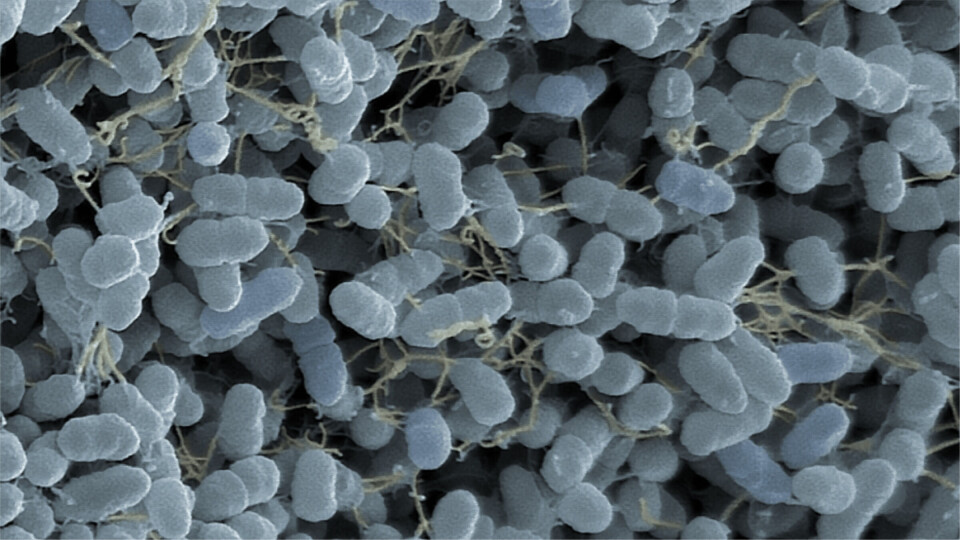
Yersinia bacteria ‘spread by thermal delousing’
Fish with asymptomatic infection by the bacterium Yersinia ruckeri can secrete significant amounts of infectious agent during thermal delousing, experiments carried out at Norway’s Veterinary Institute show.
Researchers used environmental DNA (eDNA) sampling to detect the bacterium’s presence in the water the fish are in to test whether disease-causing Y. ruckeri remains as a “hidden” infection in clinically healthy fish in the sea phase if they have been exposed to the bacterium in the freshwater phase.
Y. ruckeri was not detected before treatment, nor in the groups without a known history of yersiniosis. In the experiments, clinically healthy fish from five unvaccinated fish groups were followed over time. The analyses showed that fish with previously known exposure to Y. ruckeri excreted significant amounts of the bacterium during thermal water treatment, and the number of bacteria in the water increased as the fish were treated.

Water changes
“The results underline the importance of frequent water changes when handling fish,” said Duncan Colquhoun, a senior researcher at the Veterinary Institute.
Laboratory experiments were performed that mimicked thermal delousing in the field. Pre-smolts in fresh water were first infected with pathogenic Y. ruckeri via cohabitant infection. Surviving fish were placed in seawater after eight weeks, and then underwent a thermal water treatment five weeks after seawater addition. The secretion of Y. ruckeri was monitored by PCR analysis throughout the experiment.
Sharp increase
The amount of Y. ruckeri became smaller and smaller after the infection exposure. After a few weeks, the bacterium was no longer detected in the water. During the thermal water treatment, on the other hand, the amount of bacteria in the water increased to approximately the same level as detected during active infection. The experiment confirmed observations in the field that show that Y. ruckeri infection can be “hidden” and that the secretion of the bacterium increases sharply during stress and handling.
“Thermal treatment has a clear effect on the secretion of Y. ruckeri. It should be studied further whether this can also be the case with other stressful treatments and for other pathogenic agents,” said Colquhoun.
The results referred to here have emerged through the following projects:
Yersiniosis in the sea (2018-2021) is funded by the Fisheries and Aquaculture industry’s research funding.
Virulence and molecular biology studies of Yersinia ruckeri; epidemiology and effect of vaccination (2018-2021) is funded by Vaxxinova AS, Akvagen AS and the Research Council of Norway.























































